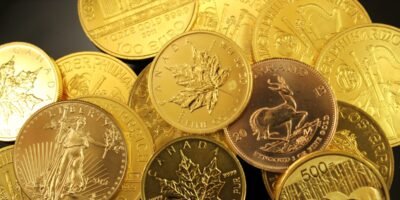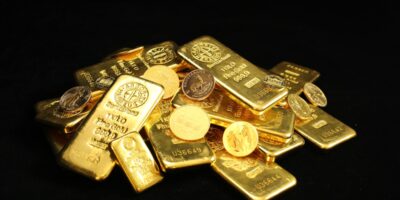The Fascinating World of Rare Pennies

Pennies, often overlooked in the world of currency, have an interesting side when it comes to collecting. Rare pennies can fetch substantial sums in the numismatic community. Their value comes not only from scarcity but also from unique engravings, historical significance, and mint errors.
History and Origin of Pennies
The penny, known officially as the one-cent piece, made its first appearance in the United States in 1793. Its design has evolved over time, reflecting historical and artistic changes. The early large cents were made of nearly pure copper and were much larger than the modern penny.
As copper prices fluctuated, the composition of the penny changed. In 1857, the size was reduced, and by 1864, the content included more zinc. Since 1982, pennies have a zinc core with a thin copper coating.
Characteristics of a Rare Penny
Several factors can make a penny rare. One of the most common is mint error. Mis-struck coins, double dies, or off-center strikes can turn a mundane penny into a collector’s prize. Variations in mint marks, such as coins struck without a mint mark, also pique interest.
Another aspect is limited minting. Some pennies were produced in small quantities due to changes in legislation, minting errors, or economic considerations. For example, certain key date pennies, minted in small numbers, are particularly sought after.
Notable Rare Pennies
- 1909-S V.D.B. Lincoln Cent: The first year of the Lincoln cent, designed by Victor David Brenner, has an intriguing story. The mint mark S indicates it was struck in San Francisco. The V.D.B. initials were removed after the initial minting, making the 1909-S V.D.B. a key rarity.
- 1943 Copper Penny: Due to the need for copper in World War II, most 1943 pennies were struck in steel coated with zinc. However, a few accidental strikings in copper make these pennies extremely rare and valuable.
- 1955 Double Die Lincoln Cent: A popular error, the double die on the 1955 penny presents as a doubling of the date and inscriptions. This distinctive error makes it one of the most recognizable and coveted error coins.
- 1969-S Double Die Obverse: Another double die error that’s popular among collectors. The doubling is most visible on the inscriptions and the date. This coin is often counterfeited, so authentication is crucial.
The Market for Rare Pennies
The market for rare pennies is robust, with auction houses and collectors actively seeking these coins. Prices fluctuate based on condition, rarity, and demand. Coins with historical significance or those in pristine condition typically command higher prices.
Professional grading systems, such as those provided by the Professional Coin Grading Service (PCGS) or Numismatic Guaranty Corporation (NGC), help to standardize the valuation of rare coins. Coins are assigned a grade, which reflects their state of preservation and overall appearance.
Preservation and Authentication
Keeping rare pennies in good condition is essential for maintaining their value. Handling them with care, storing them in protective cases, and controlling the environment to prevent exposure to moisture are important practices.
Authentication is a critical step as the world of rare pennies is rife with counterfeits. Numismatists rely on experts and certification from recognized authorities to verify the authenticity of valuable coins.
Getting Started with Penny Collecting
Starting a penny collection can be an affordable entry into numismatics. Beginners often start with circulated coins from pocket change. Over time, as they build their collection, they might seek out more valuable and uncommon pieces.
Many collectors focus on assembling sets by year or mint mark, while others might zero in on specific themes such as error pennies or commemorative designs. The hobby can offer both historical education and the thrill of the hunt.
Technology and Coin Collecting
Technology has revolutionized the coin collecting hobby. Online platforms facilitate the sale and acquisition of coins worldwide. Collectors can access digital resources and databases to research coins and track market trends.
Digital tools also help in coin grading and authentication. High-resolution imaging allows collectors to view coins in detail, reducing the risk of purchasing counterfeits. Companion apps provide tools for managing and valuing collections on-the-go.
The Future of Rare Pennies
As inflation and economic changes impact currency, the minting of pennies has come under debate. Some countries have already eliminated their one-cent coins. However, as long as they exist, rare pennies will continue to captivate collectors, partly due to their history and partly due to the potential for lucrative finds.
The nostalgia factor keeps interest alive too. Coins often hold sentimental value, particularly older ones inherited from previous generations. This emotional connection, combined with the financial aspects, sustains the perennial interest in rare pennies.
Recommended Collecting Supplies
Coin Collection Book Holder Album – $9.99
312 pockets for coins of all sizes.
20x Magnifier Jewelry Loupe – $13.99
Essential tool for examining coins and stamps.
As an Amazon Associate, we earn from qualifying purchases.



Subscribe for Updates
Get the latest articles delivered to your inbox.
We respect your privacy. Unsubscribe anytime.